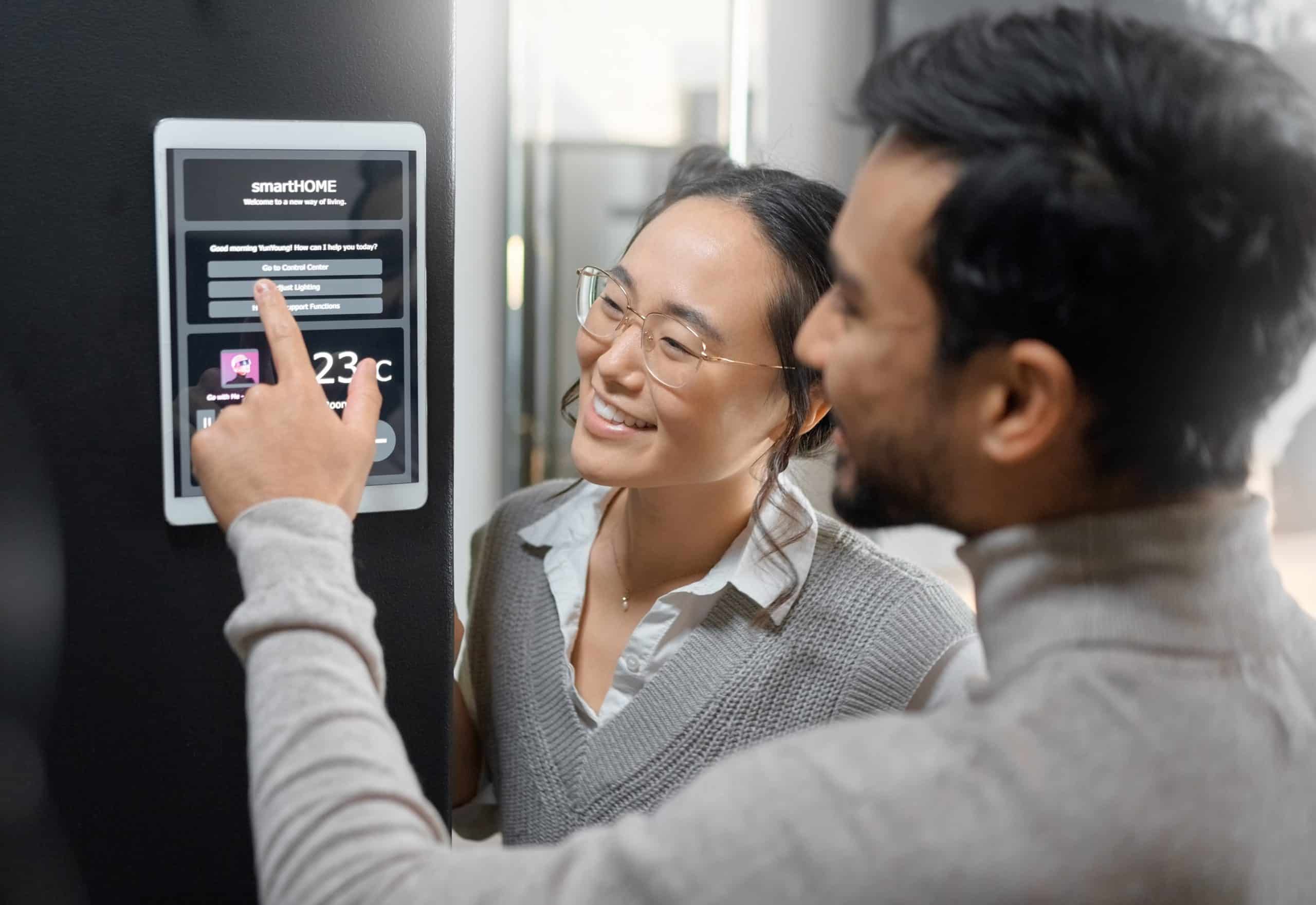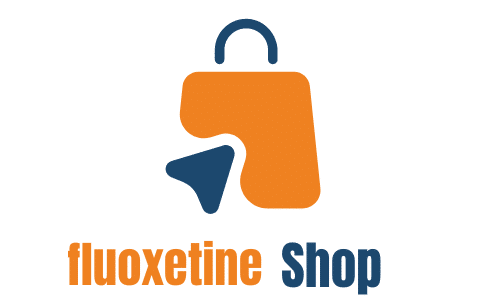What innovative approaches can be used to enhance tenant safety in smart residential communities?

As technological advancement steers us towards an increasingly digital world, the concept of smart residential communities is slowly but steadily gaining ground. These modern residential complexes leverage the power of digital technologies to offer an enhanced living experience. Safety, being a primary concern for all residents, is a significant area of focus in these smart residential communities. This article explores innovative methods that can be used to bolster tenant safety in these communities.
The Emergence of Smart Residential Communities
In this era of immense digital transformation, where our lives are becoming increasingly intertwined with technology, the emergence of smart residential communities seems like a natural progression. These communities are powered by innovative technologies that promise a higher quality of living, with a particular emphasis on safety and security.
Additional reading : What are the best practices for minimizing light pollution in urban real estate developments?
Firstly, it’s essential to understand what defines a smart residential community. It refers to a housing complex equipped with advanced infrastructure and technologies that streamline various facets of living, such as utilities, security, and communication. The main objective is to enhance the quality of life for its residents by offering convenient, safe, and efficient living conditions.
The cornerstone of smart residential communities is the Internet of Things (IoT), which enables seamless interaction among various home appliances and systems. IoT works in conjunction with other technologies, such as Artificial Intelligence (AI), machine learning, and big data, to create an efficient and safe living environment.
In parallel : How to design real estate projects that support biodiversity while meeting urban density requirements?
Innovative Approaches for Tenant Safety
When it comes to safety in smart residential communities, technologies such as IoT, AI, and data analytics play a crucial role. These technologies enable innovative approaches to enhance tenant safety.
Integrated Surveillance Systems
Today’s surveillance systems have moved beyond static cameras mounted on building corners. Modern surveillance systems leverage advanced technologies like AI and machine learning to offer proactive security measures. These systems can detect unusual activity, recognize faces, and even predict potential security threats. Coupled with other security measures, like electronic locks and access control systems, they contribute significantly to tenant safety.
Smart Locks and Access Control
Smart locks and advanced access control systems are a big leap from traditional lock-and-key mechanisms. With features such as biometric recognition, remote access, and instant alerts, these systems provide enhanced security and convenience. Moreover, they eliminate the risks associated with lost keys or unauthorized duplication.
Emergency Response Systems
Smart technologies can revolutionize emergency response systems in residential communities. For instance, panic buttons connected to local law enforcement can offer immediate assistance during emergencies. Similarly, smart fire detection systems can alert residents and fire departments instantly, minimizing damage and ensuring tenant safety.
The Role of Data Analytics
In the realm of smart residential communities, data analytics can be a potent tool for enhancing tenant safety. It involves gathering and analyzing data from various sources, like surveillance systems, access control systems, and even social media, to uncover patterns and predict potential security threats.
For instance, by analyzing data from surveillance systems, it’s possible to identify patterns in criminal behavior and predict potential burglary hotspots. Similarly, social media analysis can reveal potential threats from within the community, such as residents sharing sensitive information online.
Data analytics can also help in optimizing security resources. By understanding when and where security threats are most likely to occur, communities can allocate resources more efficiently, ensuring maximum safety at all times.
The Future of Tenant Safety in Smart Residential Communities
The future of tenant safety in smart residential communities looks promising as technology continues to evolve. Emerging technologies like blockchain and 5G are set to revolutionize how we perceive tenant safety.
Blockchain technology, known for its decentralization and high-security standards, can offer a secure platform for storing and sharing information in a residential community. For instance, it can be used to maintain a secure ledger of access records, ensuring that only authorized individuals can access certain areas.
On the other hand, 5G technology, with its high-speed and low-latency characteristics, can enhance the effectiveness of existing safety measures. For instance, it can enable real-time video surveillance and instant emergency response.
While the potential benefits of these technologies are immense, their implementation must be carried out thoughtfully. Privacy concerns, tech literacy among residents, and the risk of technology failures are significant issues that need to be addressed. As we move forward, it’s essential that the pursuit of innovation is balanced with a commitment to ethical practices and a keen sensitivity to the needs and concerns of residents.
Implementing Tenant Safety Measures in Smart Residential Communities
In the journey towards safer smart residential communities, implementing the aforementioned technologies and practices is a crucial step. However, the implementation process is often fraught with challenges, and this section will delve into how these hurdles can be navigated effectively.
To begin with, sourcing and installation of the advanced technology systems such as integrated surveillance systems, smart locks, and data analytics tools need careful planning and budget allocation. It is imperative that the managing bodies of the communities partner with trusted vendors who have a proven track record in delivering high-quality, efficient, and reliable systems.
Next, educating the residents about these new technologies is essential. Regular workshops and demonstrations can be organized to familiarize the residents with the workings of these systems. The residents should not only be acquainted with the usage, but also the benefits and the safety features these systems bring in.
Further, maintaining the systems also becomes a critical task. Regular software updates, system checks, and troubleshooting need to be performed to ensure the smooth functioning of these systems. This requires the communities to have dedicated tech support teams or contracts with service providers who can ensure timely and efficient maintenance.
Lastly, the privacy concerns that come with the use of technology need to be addressed. Strict data handling and privacy policies need to be in place to ensure that the personal data of the residents is secure. Informed consent of the residents should be obtained before implementing any surveillance or data collection systems.
Conclusion
Undoubtedly, technology has a significant role to play in enhancing tenant safety in smart residential communities. From integrated surveillance systems and smart locks to the use of data analytics and emerging technologies like blockchain and 5G, there are numerous innovative approaches that can be used for ensuring tenant safety.
However, it’s important to remember that technology is just a tool, and its effectiveness largely depends on how it is implemented and used. While pursuing technological innovation, it’s crucial that ethical considerations and residents’ privacy are not overlooked. A balance needs to be struck between innovation and ethical practices, always keeping the needs and concerns of the residents at the forefront.
As we move forward into a more digitally enhanced future, smart residential communities will become more commonplace. With them, the focus on tenant safety will continue to intensify. The journey towards safer smart residential communities is a continuous one, and it is hoped that with the right practices and measures in place, we can ensure a safer living environment for all residents.
